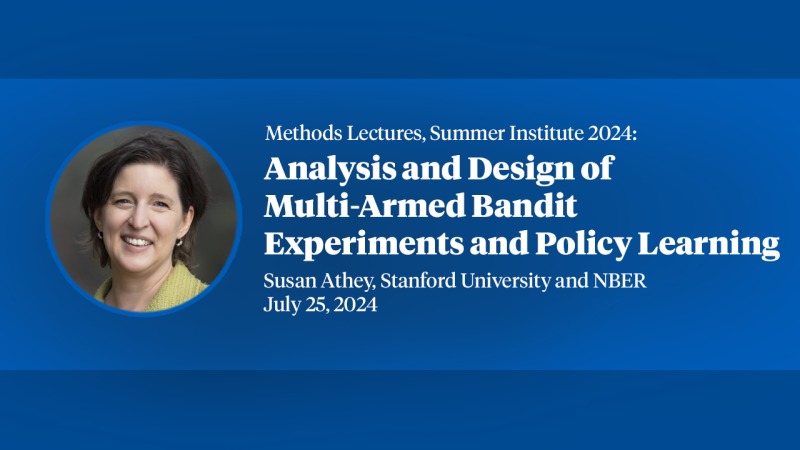Selection and Specialization in the Evolution of Couples' Earnings
We examine changes across birth cohorts in marriage patterns and the earnings differentials associated with marriage using data from a series of Survey of Income and Program Participation panels linked to administrative data on earnings. We find that marriage has become increasingly positively selected on education and earnings potential. Among women, selection into marriage has reversed sign, with the most educated women switching from being the least likely to be married to being the most likely. While men with the highest earnings potential have always been more likely to be married, this relationship has become even more pronounced. Changing selection into marriage is entirely responsible for the observed decline in marriage penalty for women in the cross section. In fixed-effects regressions, the earnings penalty continues to exist even for the most recent cohorts, consistent with specialization after marriage. For men, we find that the marriage premium actually increases for more recent birth cohorts in fixed-effects regressions. Taken literally, this suggests that specialization has become more important. We plan to explore further the robustness of this result by allowing selection to affect not only the level but the growth rate of male earnings.


